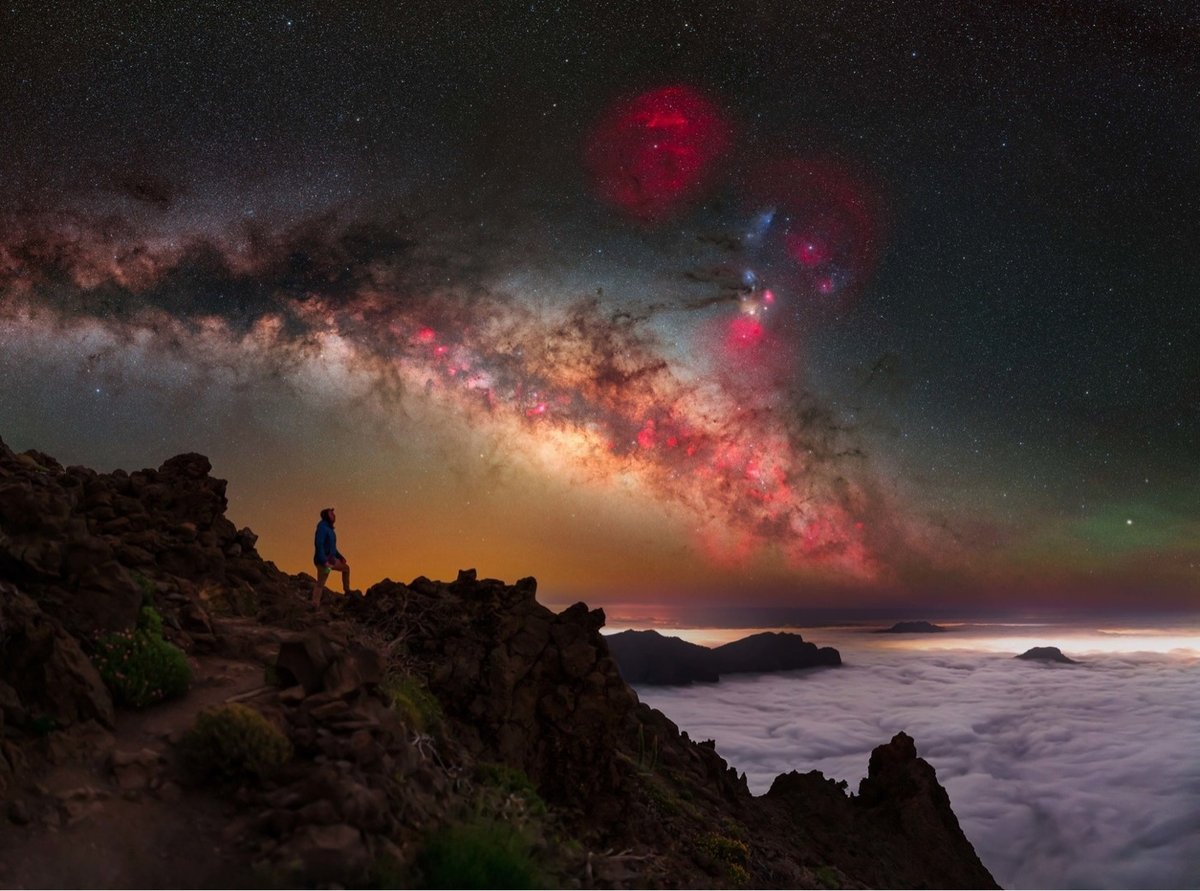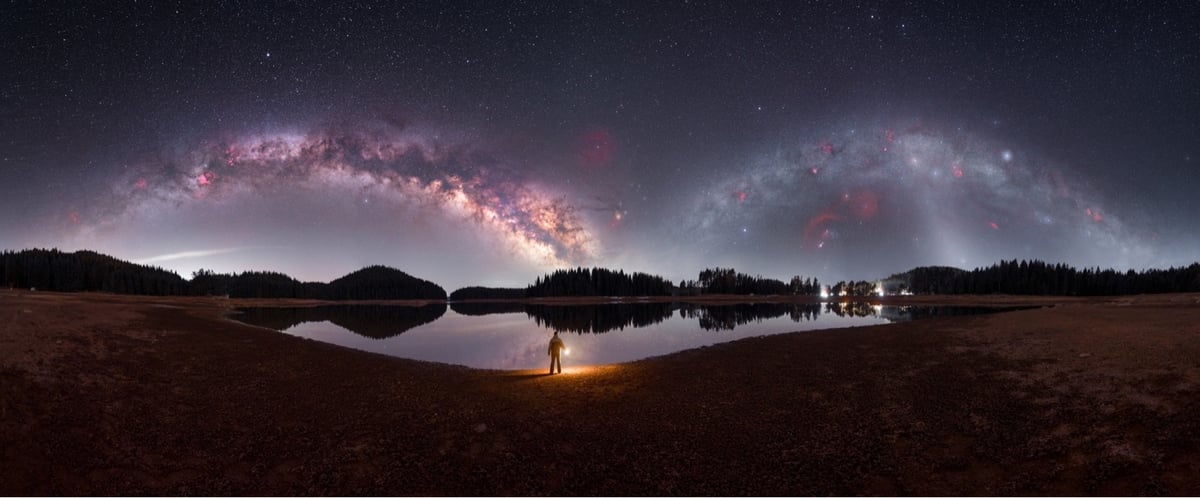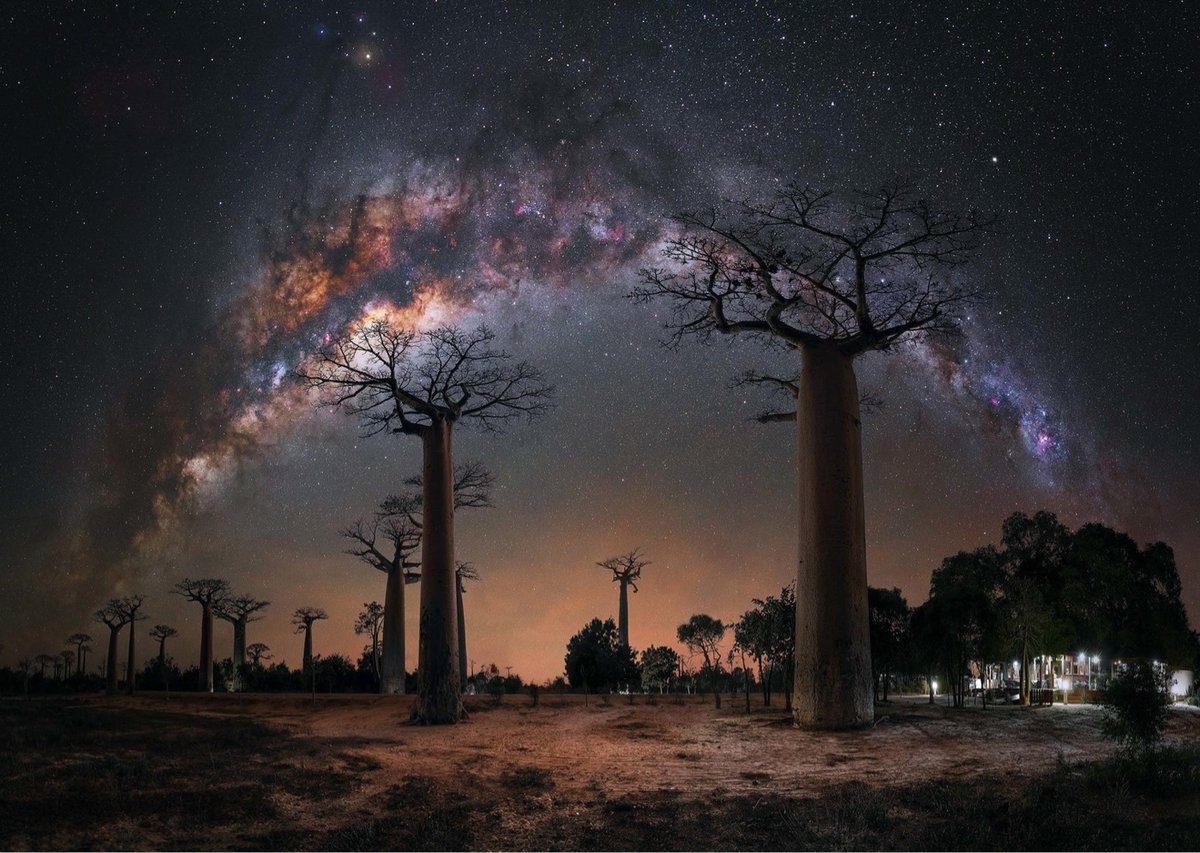The Best Photos of the Milky Way for 2023



Capture the Atlas have announced their picks for the 2023 Milky Way Photographer of the Year competition. As usual, I’ve included a few of my favorites here — from top to bottom: Jakob Sahner’s photo from the Canary Islands, Mihail Minkov’s composite shot of the Milky Way as it looks in both the summer & winter, and Steffi Lieberman amongst the baobab trees in Madagascar. Here’s Minkov explaining his full-galactic view:
I’ve always wondered what the night sky would look like if we could see the two Milky Way arches from the winter and summer side by side. This is practically impossible, since they are part of a whole and are visible at different times of the day.
However, this 360-degree time-blended panorama shows us what they would look like. The two arches of the Milky Way represent one object in the starry sky, with part of it visible in winter and part of it in summer. Therefore, they are called the winter and summer arches. The winter arch includes objects that we can observe from October to March, primarily associated with the constellation Orion.
On the other hand, the summer arch features the Milky Way core, visible from March to September, which is the most characteristic and luminous part of the night sky, representing the center of our galaxy.





Stay Connected